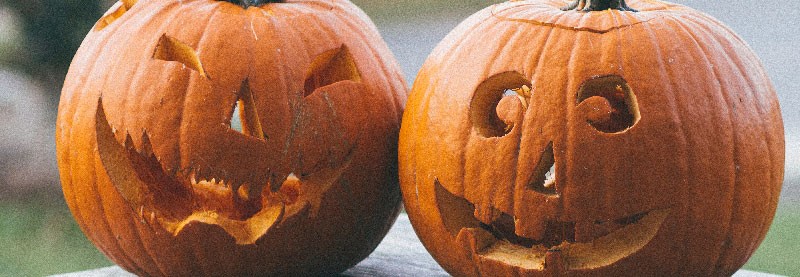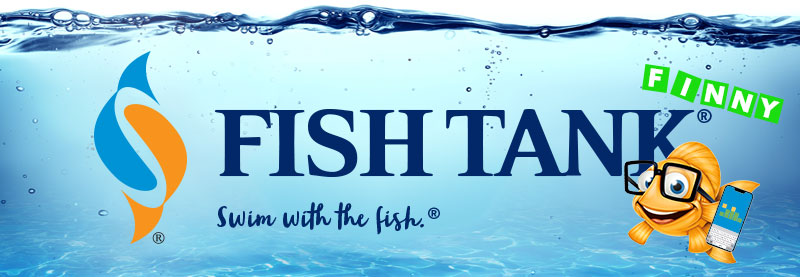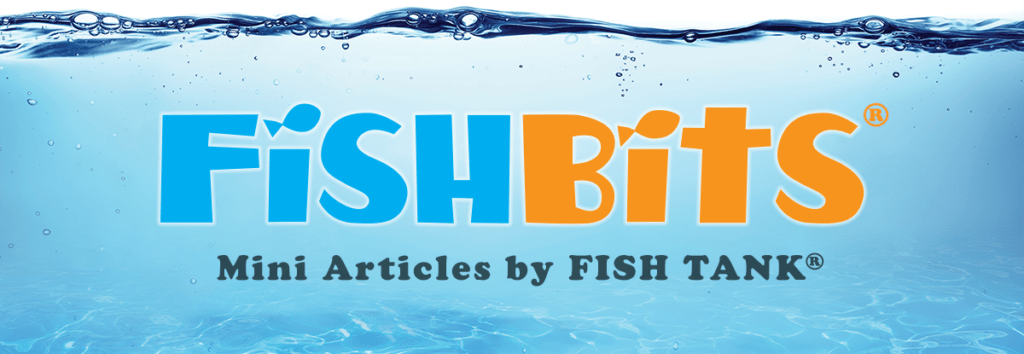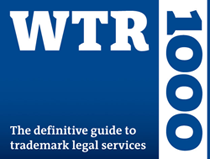Intellectual Property Insights from Fishman Stewart PLLC
Newsletter – Volume 22, Issue 22
Share on Social
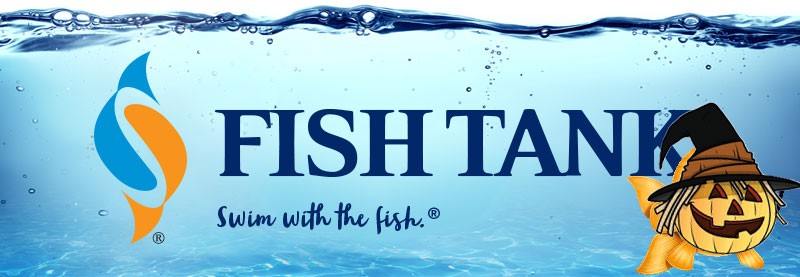
Trick-or-Treat: Trademark Infringement or Harmless Halloween Fun?
By Linda M. Callaghan
With the abundant commercialization of the holidays, Halloween has morphed into a month-long celebration allowing trick-or-treaters to attend numerous events to don their costumes. Adults and children alike spend hours perusing the many pop-up Halloween stores and supermarket aisles searching for the “perfect” costume. Consumers have grown accustomed to seeing knock-off costumes based on popular celebrities and movie or book characters. Some of these knock-off costumes, while attempting to skirt intellectual property violations, are providing unexpected humor for shoppers.
Many popular fictional characters may be protected by various forms of intellectual property law. For example, the name of a fictional character from a book or a movie may be a registered trademark, such as DISNEY ALADDIN.
Presumably, to avoid paying licensing fees that would cut into profits, costume makers have taken to the use of descriptive wording to sell costumes. For instance, the below costume packaging advertises a red and white striped shirt and winter hat with big, round, black rimmed glasses as “Where’s the Stripey Dude?” The costume is clearly meant to be Waldo from the WHERE’S WALDO? series of books and movies. The costume maker is trying to avoid a trademark infringement accusation by cleverly describing the costume without actually using the trademark itself on the packaging. Of course, the trademark owner may still bring a lawsuit, and the question will be whether consumers are likely to be confused or believe that Where’s the Stripey Dude? is somehow related to WHERE’S WALDO? or Viacom (the WHERE’S WALDO? trademark owner). Given the lengths that the makers of Where’s the Stripey Dude? have gone to avoid using the WHERE’S WALDO? trademark, it is questionable whether anyone but the most naïve consumer would believe they are purchasing a genuine WHERE’S WALDO? costume. Moreover, is it questionable whether Viacom has any interest in policing potential infringement, since it allowed its WHERE’S WALDO? trademark applications and registrations to lapse.

However, the below knock-off Aladdin costume advertised as “A-Lad-In a Costume,” while quite amusing, seems to be begging for a lawsuit. The use of “A-Lad-In” is much closer to “Aladdin” in pronunciation and appearance, which are factors to consider when assessing whether there is likely to be any consumer confusion, and thus, any trademark infringement.

In any event, these creative knock-off costumes are providing some comic relief for customers while searching for Halloween costumes. We suggest dressing up as anything except an intellectual property infringer!
Have a safe and happy Halloween! For some online trick-or-treating, stop by our swag page and help yourself to some goodies.
Linda is a Partner at Fishman Stewart, specializing in intellectual property law. Linda focuses mainly on trademark and copyright law, including foreign and domestic prosecution and litigation, as well as agreements and assignments. Check out her full bio here.
Published October 27, 2022
Fishman Stewart partner Michael Fishman named to 2022 class of Leaders in the Law by Michigan Lawyers Weekly
Troy, Mich.—October 13, 2022— Intellectual property law firm Fishman Stewart PLLC is pleased to announce that Michael Fishman, a founding firm partner, has been included in the 2022 class of Leaders in the Law by Michigan Lawyers Weekly.
Read the full press release here to learn more about Michael Fishman and Michigan Lawyers Weekly.
Related Content from Fishman Stewart
Car enthusiasts are buzzing about Alfa Romeo's latest SUV which is also its first EV (plus a hybrid option). Initially branded as “Milano,” the name was changed to "Junior" after it was announced that the car would be produced in Poland.
The online word game Wordle was created in 2021 by Josh Wardle and quickly rose in popularity. Players receive a new puzzle daily with six chances to correctly guess a five-letter word of the day with limited clues.
In a recent decision, the U.S. Court of Appeal for the Eighth Circuit affirmed a jury verdict holding that the use of the "Success Kid" meme by a congressman's reelection campaign for fundraising purposes did not qualify as fair use.
In February 2024, proposed legislation was introduced in US House of Representatives which would extend copyright protection to golf courses. The bill is titled “Bolstering Intellectual Rights against Digital Infringement Enhancement Act” or the “BIRDIE Act”.
OpenAI recently held a live demonstration of a new ChatGPT version that included the use of an AI personal assistant voice dubbed “Sky.” Many observers compared Sky to Scarlett Johansson’s voice in the 2013 Spike Jonze romantic sci-fi film “Her,” which centers on a man who falls in love with the female voice of his computer’s operating system.
June is Pride Month, which honors the 1969 Stonewall Uprising in Manhattan and recognizes the impact that lesbian, gay, bisexual, and transgender (LGBTQ+) individuals have had on history locally, nationally, and internationally. The United States Patent and Trademark Office flies the Pride Flag and promotes the Pride community’s contributions with programming offered annually.
First-time inventions have led inventors to great successes throughout history, sometimes immediately, sometimes after several more attempts at more useful inventions. In the U.S., two very famous inventors with contrasting first-time experiences are Thomas Edison and Alexander Graham Bell.
June is Pride Month. This year we are celebrating with some IP tips for drag performers! Drag performers can protect their intellectual property by registering the copyrights in their original works of music, choreography, and comedy sketches.
Bands often start out as creative endeavors among friends, and bands may not prove lucrative for many years, if at all. Until bands break up, thought and planning may not be given to who is the owner of the band names and entitled to use them going forward.
You’re rarely more than a few yards from Finny’s favorite chips, semiconductor chips to be precise. But what exactly is a semiconductor chip?
IDENTIFYING, SECURING AND ADVANCING CREATIVITY®


